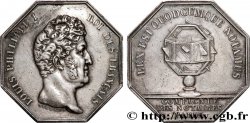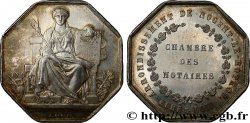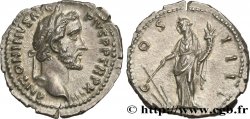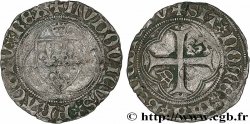Live auction - fjt_207371 - NOTAIRES DU XIXe SIECLE Notaires de Compiègne 1830
得先注册又得到批准才可以报价。为了报价注册. 客户应该得到公司允许,那种过程需要 48 个小时。别等出售结束那一天才登记。您报价的话等于您赞成买那物品,而且按« 保价 » 证明您接受 cgb.fr 因特网拍卖使用法.
报价时只可以出全数值欧元总额。物品描述也说明销售结束时间,结束后出价都不会生效。 报价命令转达有时变动,等到最后秒钟增加否决的可能会。想多了解的话请注意 因特网拍卖常问
最高出价方将支付18%的不含税的拍卖费用
最高出价方将支付18%的不含税的拍卖费用
| 估算 : | 180 € |
| 价格 : | 80 € |
| 最高出价 : | 80 € |
| 拍卖结束日期 : | 17 December 2024 16:08:01 |
| 竞拍人 : | 1 竞拍人 |
种类 Notaires de Compiègne
日期: 1830
材质 silver
直径 32 mm
模子方针 12 h.
重量 13,59 g.
侧面 lisse
印模 corne ARGENT
稀少度 R2
出版目录中的项代码 :
正面
正面的说明书 Coq à gauche dans une couronne de chêne signé COQUARDON F.
背面
背面的文字 QUODCUMQUE NOTAMUS LEX ; À L'EXERGUE : NOTAIRES DE L’ARRONDISST DE COMPIEGNE. 1830.
背面的说明书 Tables de la Loi et balance dans une couronne de laurier.
评论
La devise "Lex est quodcumque notamus" est une création du père Ménestrier en 1686 pour les secrétaires du roi qui ne s'en sont jamais servi. L'invention fut reprise par les notaires de Paris puis ensuite par les notaires de Province.







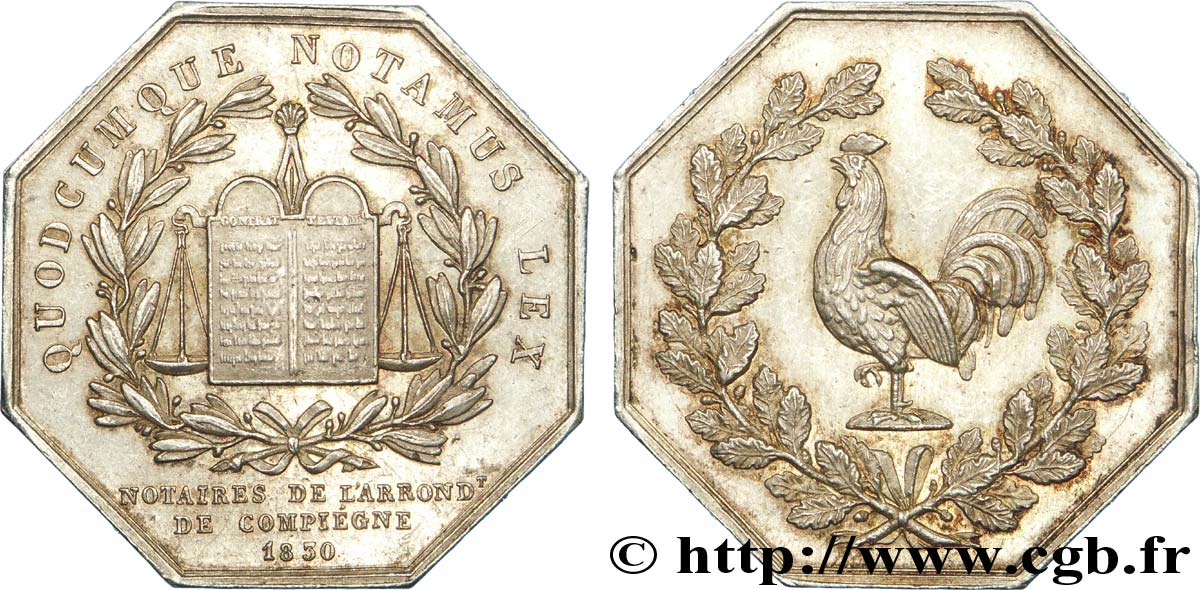
 对产品描述纠错
对产品描述纠错 打印
打印 分享我的选择
分享我的选择 提问
提问 Consign / sell
Consign / sell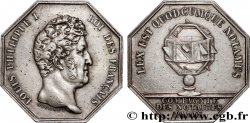
 产品介绍
产品介绍


